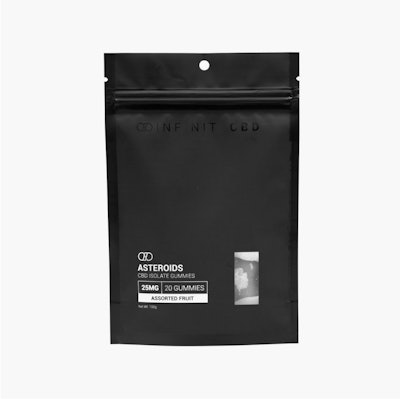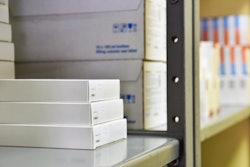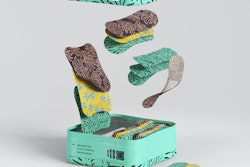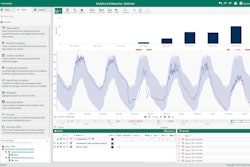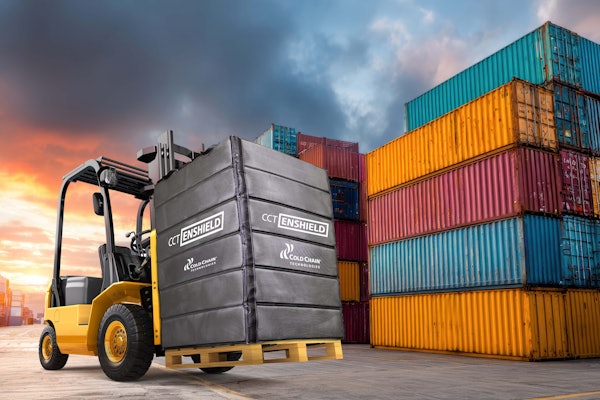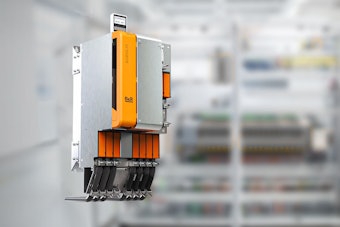According to PMMI Business Intelligence’s white paper, “Cannabis Market Update: Unique Packaging Challenges for THC and CBD Products,” cannabis trends are moving away from dried flowers and into concentrates, edibles, and a diverse variety of other products - opening the door for a wide variety of packaging formats and materials.
In the U.S. in 2017, dried flower represented 50% of the entire cannabis market; by 2019, this share had dropped to 36%. Conversely, during this same period concentrates expanded market share by 13% to 36%. Edibles also grew from 12% to 14%. The largest increase was the “Other” category of cannabis products, which includes formats such as creams, gels, dried teas/powders, and inhalers. This category more than doubled, from 15% in 2017 to 36% in 2019, due to the explosive growth of retail CBD, particularly creams, salves, and balms. The edibles segment of the cannabis market could see a similar boost in the future should the FDA declare CBD legal as a food and beverage additive.
The growth and variety of these cannabis formats has also expanded packaging options, since the type of packaging used is most heavily influenced by the format of the cannabis. There are a few basic styles that are preferred over others for some of the largest cannabis categories.
Dried Flower Packaging
Dried flower is most commonly placed by hand into a plastic jar with a child resistant lid, be it screw-top or push-top. The style and shape of these containers varies from state to state and from producer to producer, but they are most commonly made from HDPE. Premium brands of dried flower can also be found in glass jars, mylar bags with a child resistant resealable zipper closure, or tin cans. Premium-look glass jars are also commonly packaged within a paperboard box. Some brands are even using pre-decorated or etched jars and premium labels.
Concentrates Packaging
For concentrates, small cups are the preferred packaging format. These cups are lidded with child-resistant caps and are sometimes packaged in a secondary covering, such as a paperboard box. While plastic cups were popular in the early days of cannabis sales, many producers have migrated to small glass cups. In addition to cups, concentrates are also commonly packaged in syringes (sans needle), which allows for easy metering of doses without the mess. Some concentrates, particularly those intended to be used as additives to food and beverage, are packaged in small glass bottles with a dropper top. Many brands in the concentrate market are also placing vape cartridges into a blister, pill bottle, or a pop-top container to meet regulatory requirements.
Topicals Packaging
Creams, balms, and salves are primarily packaged in either plastic or glass child-resistant jars, with secondary packaging consisting of a paperboard box. Flexible tubes have also proven to be a popular packaging style for these cannabis formats, particularly in the retail setting for CBD products.
Edibles Packaging
Since edibles span just about every type of snack food and beverage imaginable, the packaging formats that they come in are just as varied and diverse: conventional glass, plastic jars, flexible pouches, aluminum bottles, and other innovative packaging. The the edibles market has seen growth in flexible packaging for both convenience and environmental concerns, as well as conveying a more premium aesthetic to customers.
Medical Packaging
The medical cannabis market, which has been in operation since 1996 in the U.S. and 2001 in Canada, has slightly different packaging needs. The standard push-and-twist amber pill bottle ubiquitous in the pharmaceutical industry is still a popular format for medical cannabis packaging, as branding and shelf appeal are less of a concern. While more colorful and premium styles of bottle packaging have seen use in the medical cannabis market, there is growing concern about the environmental impact of plastic bottles in general. As a result, many medical cannabis packagers are exploring flexible pouches and bags made from environmentally friendly materials.
Peel-and-push blisters, which originated in the pharma industry, have also proved to be a ready-made packaging solution for the medical cannabis market, as they have already been designed to meet requirements for child-resistant packaging. While effective, these blisters are also more expensive per unit and require investing in a machine capable of producing them or the use of a contract packager.
Source: PMMI Business Intelligence “Cannabis Market Update: Unique Packaging Challenges for THC and CBD Products”
Download the FREE White Paper below.
Make plans to visit PACK EXPO International in Chicago, November 8-11, to see on-trend Cannabis processing and packaging machinery and materials.
